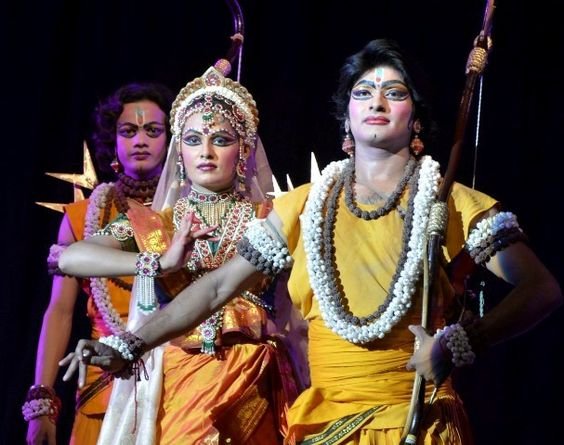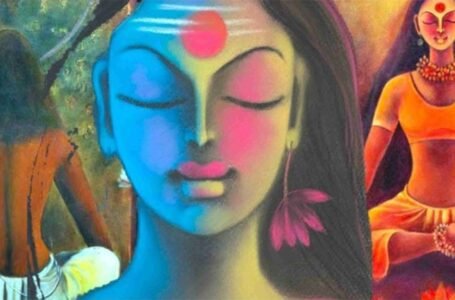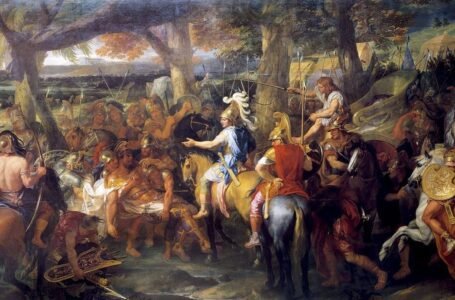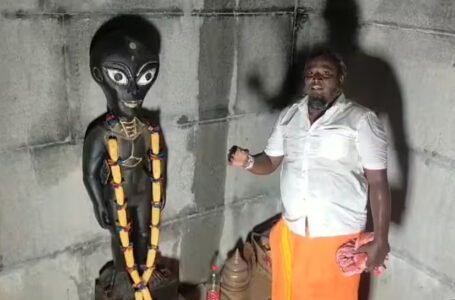FOLK THEATRE & STREET THEATRE: TRADITIONAL MEDIA FORMS OF INDIA

INDIAN FOLK THEATRE AND STREET THEATRE
Before the modern cinema world came to life, our ancestors brought the idea of folk and street theatre, which was known as ‘The Sanskrit Theatre’- the art where actors would wear costumes and put on masks and perform in front of a live audience-emerged in the 15th century BC.

Folk theater in India made its first presence in Vedic and Buddhist culture. The purpose of art could vary-communicating a story or an epic, inspiring a change in the society, flourishing imagination, or for mere entertainment purposes only. BHARATA MUNI was the first person who made great contributions in the folk world, he wrote 36 books of ‘Natyashastra’- describing theories of theatrical performance based on style and motion. Through classical times, artists wrote narratives and people performed plays depicting relatable stories of common man, ballads, jokes, bhakti poems, enacted stories of Ramayana and Mahabharata in the streets and the princely courts of India, this tradition even continued under the British Rule!
The British rule had a great impact on the folk world. During the late 1800s the Indian theatre made close bonds with the west. Both western and Indian theatre influenced each other. The Indian theatre can be divided into two broad categories, i.e. religious and secular- giving rise to ‘Ritual Theatre’ and ‘Theatre for entertainment’ respectively. The two forms bloomed together and governed each other mutually. The folk theater gave us a bouquet of art forms.

In India, there are various folk theater forms that are widespread in different regions of the country, such as “Veedhi Natakam’ of Andhra Pradesh; ‘Yakshagana’ in Maharashtra; ‘Bhavai’ in Gujarat; ‘Nautanki’ of Uttar Pradesh; ‘Jatra’ in Bengal and so many more. It is fascinating to know that the forms in these folk theaters may differ but the essential ingredients are the same! Whereas in the Southern part of the country, the folk forms like ‘Kathakali’ and ‘Krishnattam’ of Kerala, actually qualifies on dance dramas. Each folk theatre has it’s own unique history.
The theatre is an art that has evolved over centuries and continues to inspire people from all spheres of life. The folk theatre broke the barriers of critical social, cultural, and political issues by creating a theatrical awareness among the people. Our Indian theatre is about 5,000 years old, the practice of constantly changing with time has made the Indian theater world more unique. In the lost world of folk theater, we can still find it in the deep roots of the cinema land. Truly old is gold.



3 Comments
Over 2 million people have found love through eharmony, so you can be sure that amongst our members you will find someone who
holds the same values as you. Whether you’re Christian or Muslim or Asian, there’s a wide pool of like-minded singles
for you to meet. See some of our most popular categories
below:
Single Muslims – Asalaamu Alaykum. If you’re a single Muslim looking
for like-minded Muslim men or women, eharmony is the perfect place to
start.
Asian singles – Whether you’re Muslim, Hindu, or Sikh of
Indian, Pakistani, Bangladeshi or Sri Lankan descent, we match you with single
Asians who share your core values
Hello, I enjoy reading through your article post. I like to write a little comment to support you.
Feel free to surf to my web-site; Natisha
Fastidious replies in return of this issue with genuine arguments and
telling the whole thing on the topic of that.
My homepage: http://Www.evernote.com